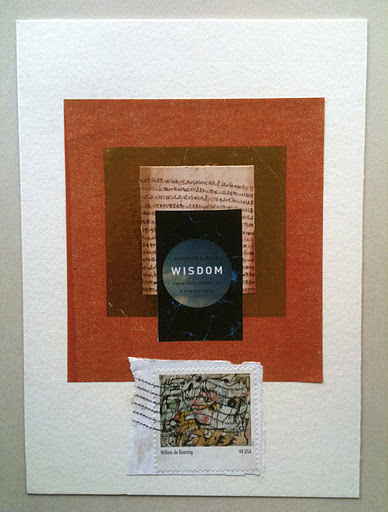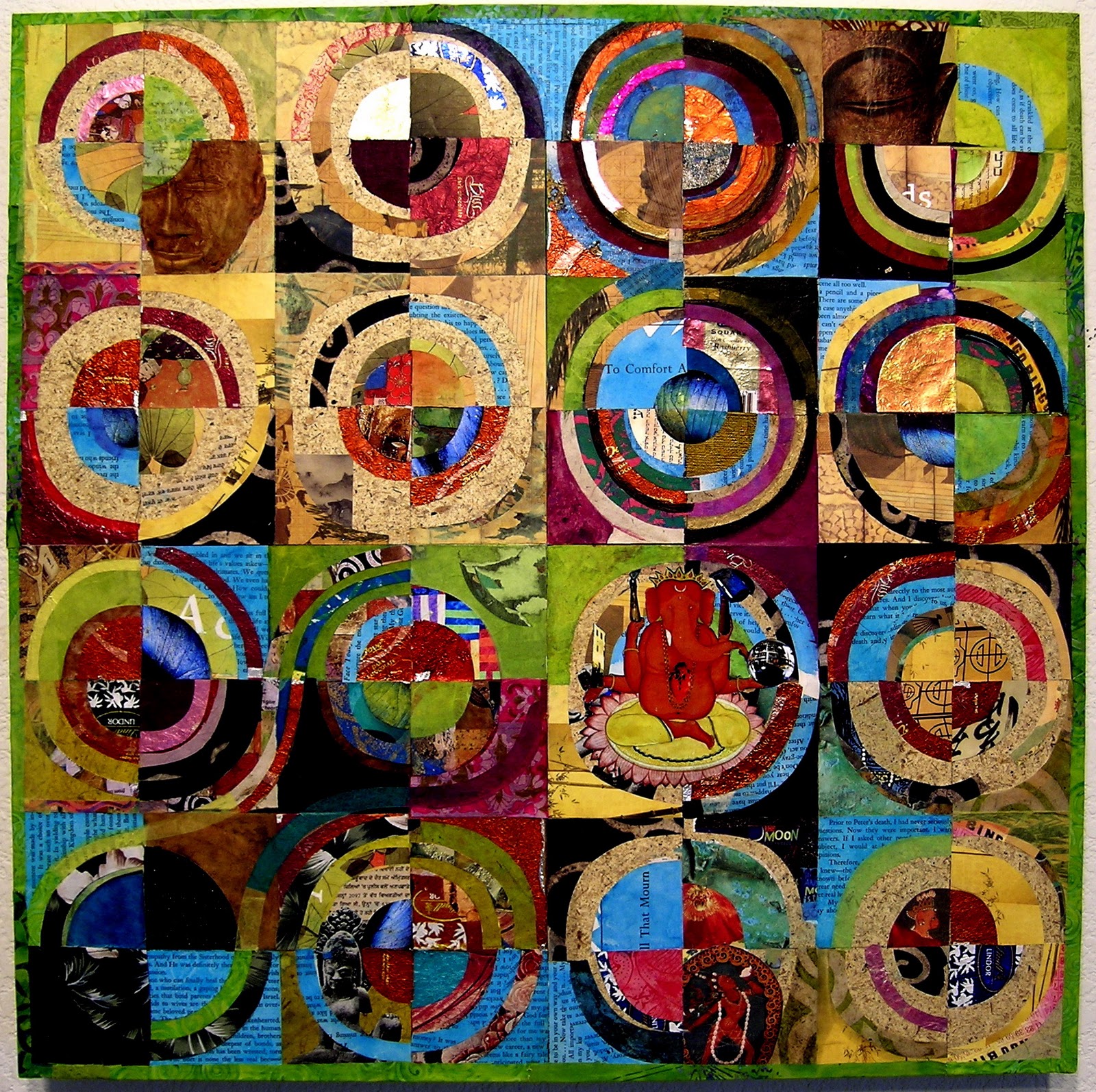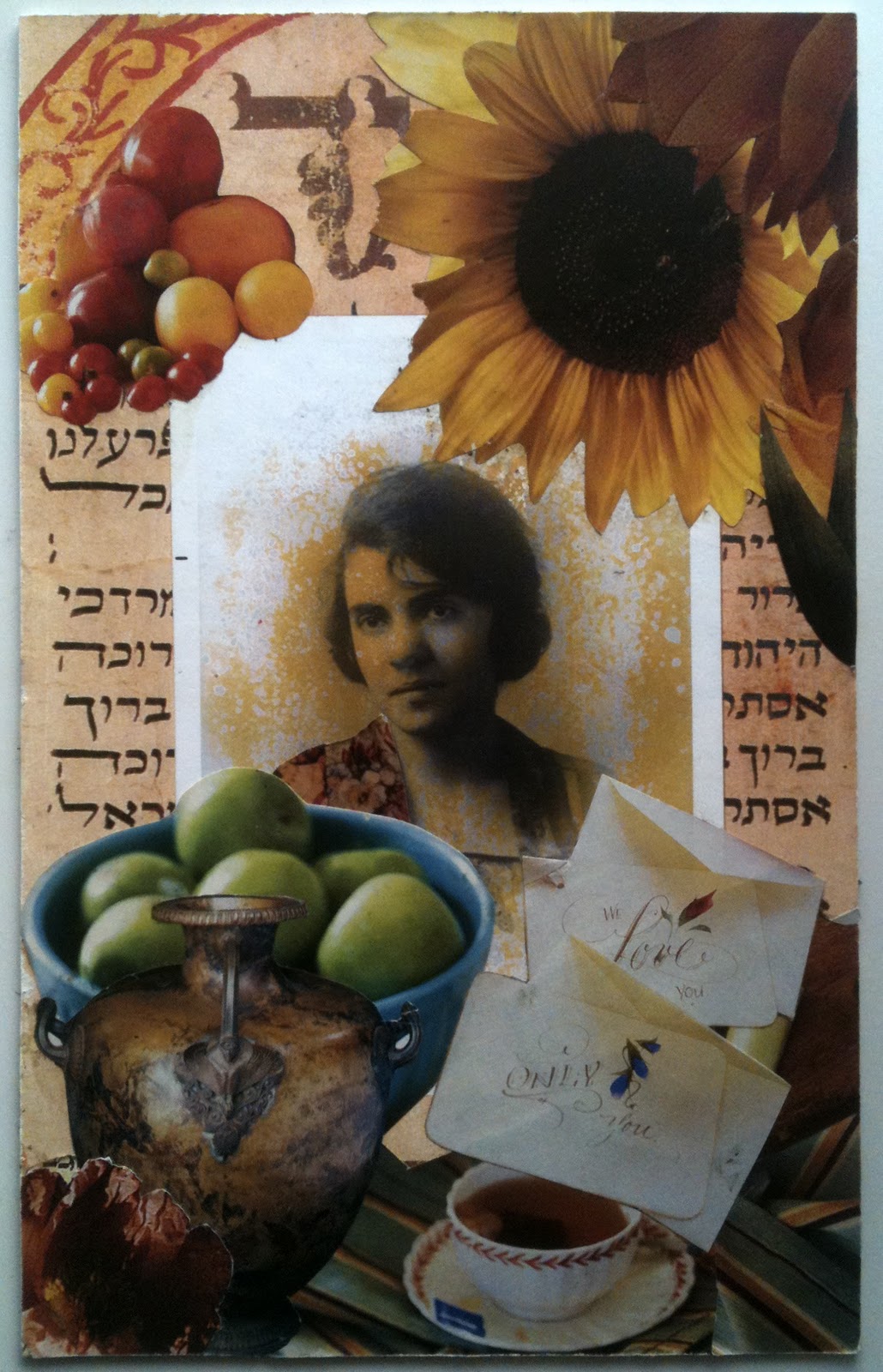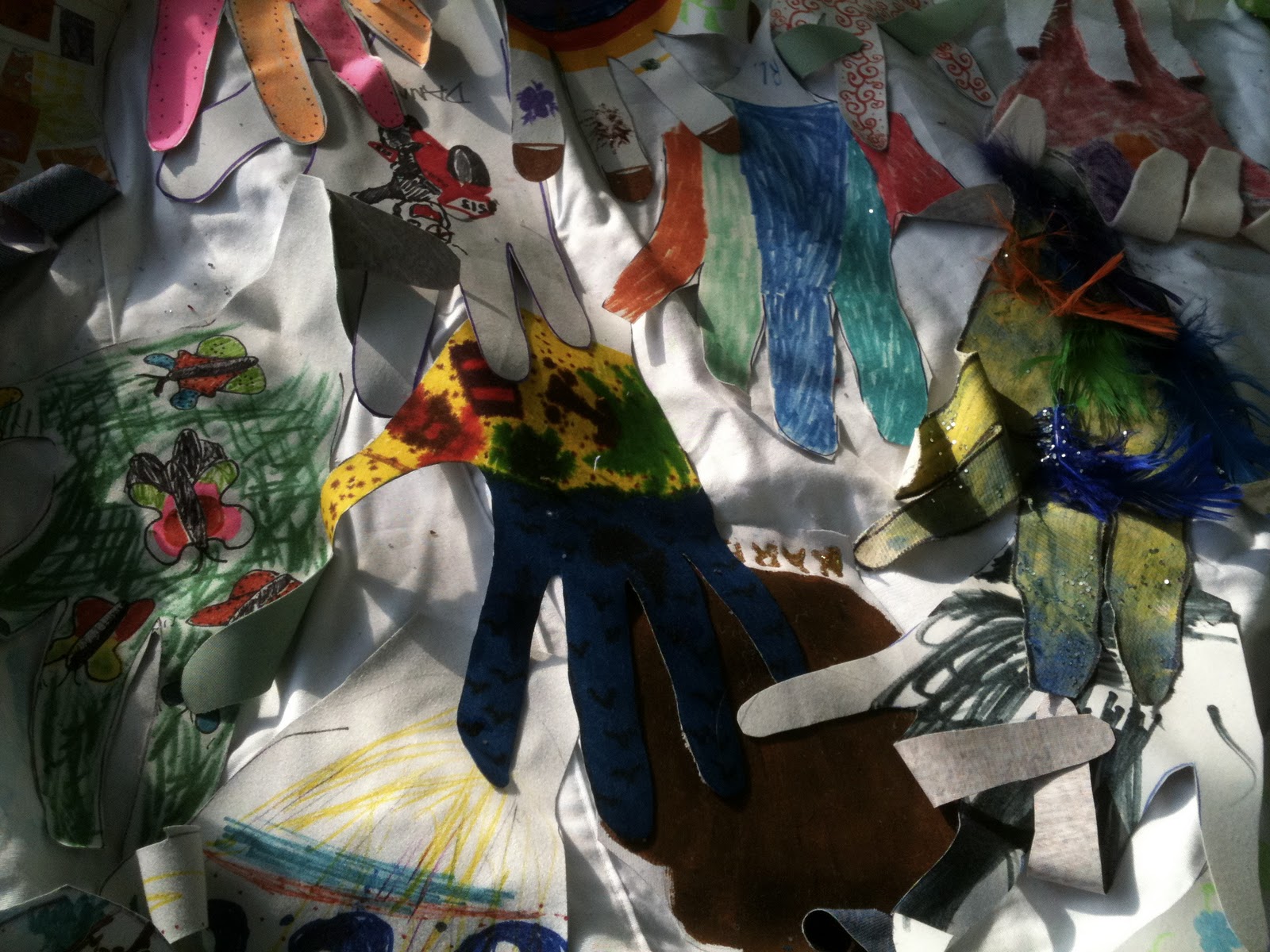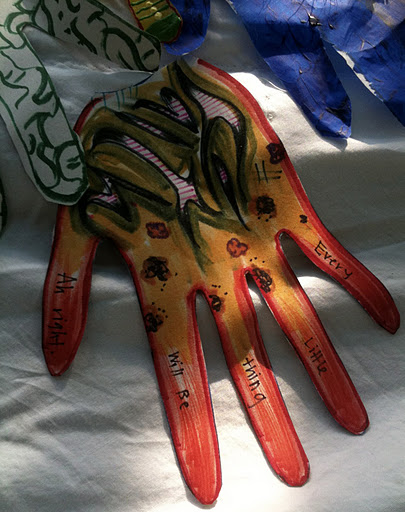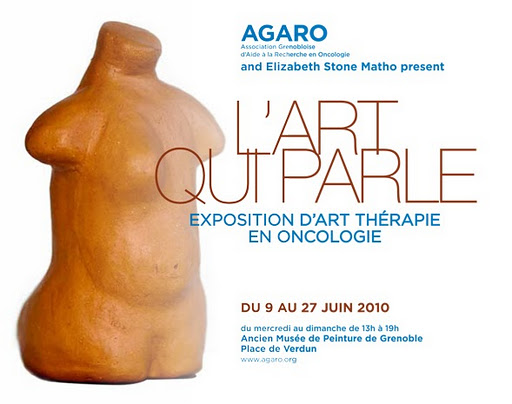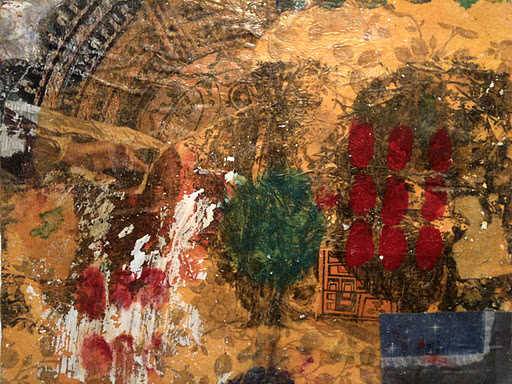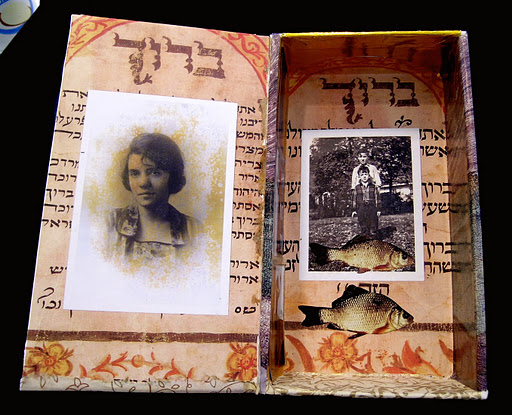 |
| Shades and Tints |
Valentine's Day approaches and I've found no better place to celebrate it than in the playroom of our hospital. It's a place where even the most jaded of hearts opens wide. For someone dedicated to the practice of maintaining an open heart, well, it's a gold mine.
To begin the festivities, I set out materials on the art table--scissors, glue and paper plus the exotics: papers printed with designs inspired by Kente cloth, Japanese silk fabric and Navajo rugs. For good measure, I added ribbons, sequins and pom poms.
Once we'd made our way through decorating some 50 or so empty glove boxes, we began to make Valentines and met up with the good old shape of the heart. It doesn't escape me as I'm writing, all the double entendres that pop up around hearts and hospitals: open heart surgery, infectious love, heart-felt emotions, heart palpitations...etc.
Fortunately, the kids put all that to the side when they come in, dragging their IV poles behind them. They just get to work like the serious artists they are. These last two weeks brought several Spanish speaking girls to the group together with their moms. At the beginning of our time together, they were all so shy, they would simply nod "yes" and "no" to my questions. Any attempts to start a conversation simply died away. I invited the mothers to join us and they also nodded "no" politely but firmly.
 |
| Glove boxes transformed |
That lasted all of two days, when I decided to throw in a twist and add the concept of shading and tinting to the mix. Using oil pastels, I asked them to draw a heart and to color the inside of the heart one color and the outside of the heart another. The next step was to use a ruler and draw several lines that bisected the heart, going from one end of the paper to the other. This resulted in "a heart divided." Finally, I asked them to use a gray pastel to add shading to one half of each segment and a white pastel to add tinting to the remainder of that segment.
A great idea in theory, but I forgot to factor in manual strength. None of the kids present had enough physical strength to color in the outside. The moms took action. They couldn't let their children's hearts go empty. They each pulled up a small child size chair and began to color. It was only one more step to accepting papers for themselves and taking off on their individual heart.
By the end of this week, we'd made jewelry for the occasion and added several other young children to the mix. The girls were positively bubbly by now. Another Spanish speaking mother arrived with her able five year old boy and complemented me on my Spanish (which honestly is still limited to something like "quieres hacer un corazon?") I was touched and even more so, because after spending this time together, we had created our own community and as far as "making hearts," they had certainly made mine and it was wide open.


